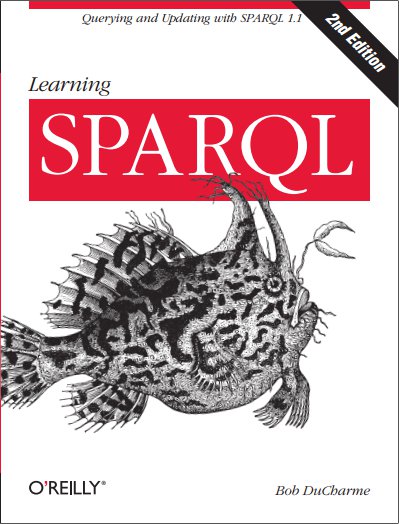For several years I thought of “knowledge graphs” as the buzzphrase that had partially replaced “Linked Data”, which was the buzzphrase that had partially replaced “Semantic Web”. In a 2012 blog entry I explained how Hadoop and the new-at-the-time NoSQL databases had convinced me that even if a technology has a funny name, selling it based on the problems it solves makes more sense and ages better than selling a buzz phrase vision and then, if that goes well,…
Over a year ago, in Querying geospatial data with SPARQL: Part 1, I described my dream of pulling geospatial data down from Open Street Map, loading it into a local triplestore, and then querying it with queries that conformed to the GeoSPARQL standard. At the time, I tried several triplestores and data sources and never quite got there. When I tried it recently with Ontotext’s free version of GraphDB, it all turned out to be quite easy.
I’ve often thought that named graphs could provide an infrastructure for managing inferenced triples, and a recent Twitter exchange with Adrian Gschwend inspired me to follow through with a little demo.
When I was at TopQuadrant, I learned that their SPARQLMotion scripting language had a module that could convert JSON to RDF. This had nothing to do with JSON-LD—it worked with any JSON at all, using blank nodes to indicate the grouping of data within arbitrary structures.
There is a reasonable chance that you’ve never heard of SQLite and are unaware that this database management program and many database files in its format may be stored on all of your computing devices. Firefox and Chrome in particular use it to keep track of your cookies and, as I’ve recently learned, many other things. Of course I want to query all that data with SPARQL, so I wrote some short simple scripts to convert these tables of data to Turtle.
OpenStreetMap, or “OSM” to geospatial folk, is a crowd-sourced online map that has made tremendous achievements in its role as the Wikipedia of geospatial data. (The Wikipedia page for OpenStreetMap is really worth a skim to learn more about its impressive history.) OSM offers a free alternative to commercial mapping systems out there—and you better believe that the commercial mapping systems are reading that great free data into their own databases.
Last month I wrote about how we can treat the growing amount of JSON-LD in the world as RDF. By “treat” I mean “query it with SPARQL and use it with the wide choice of RDF application development tools out there”. While I did demonstrate that JSON-LD does just fine with URIs from outside of the schema.org vocabulary, the vast majority of JSON-LD out there uses schema.org.


